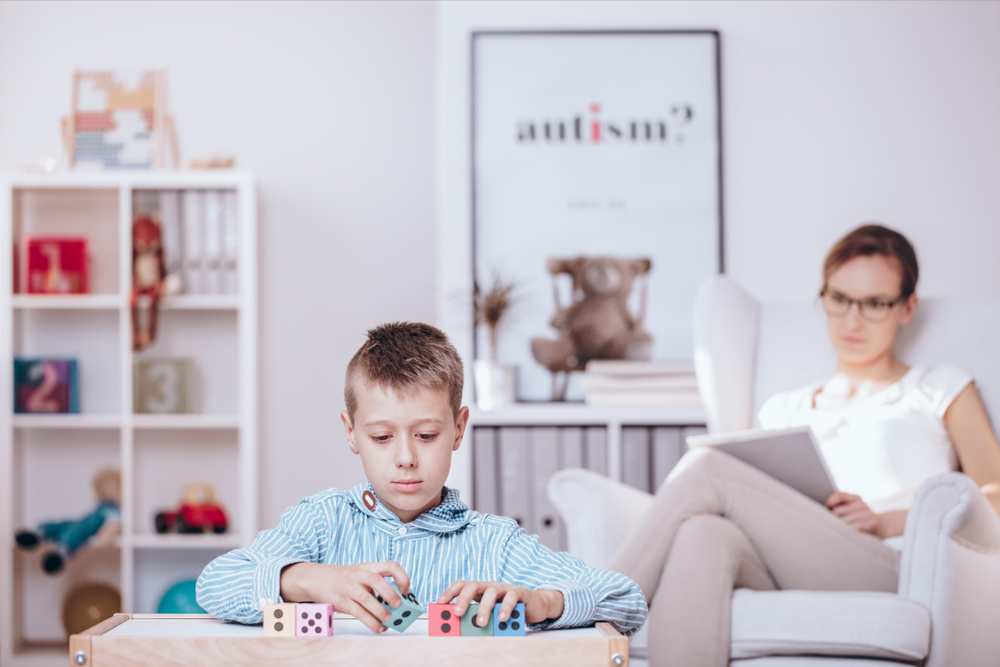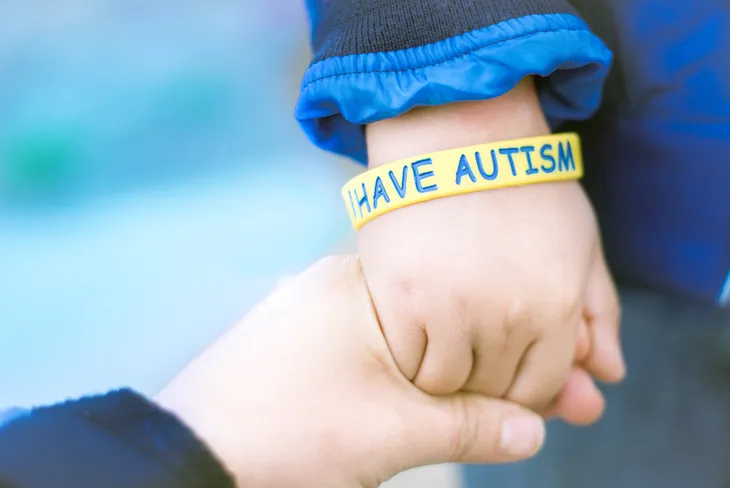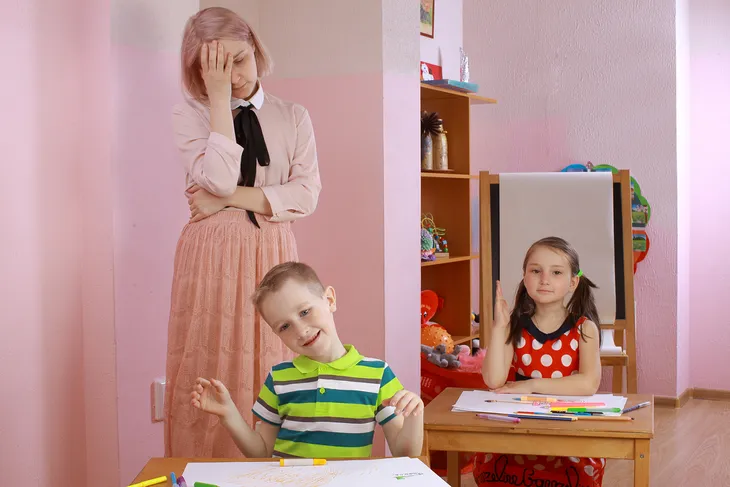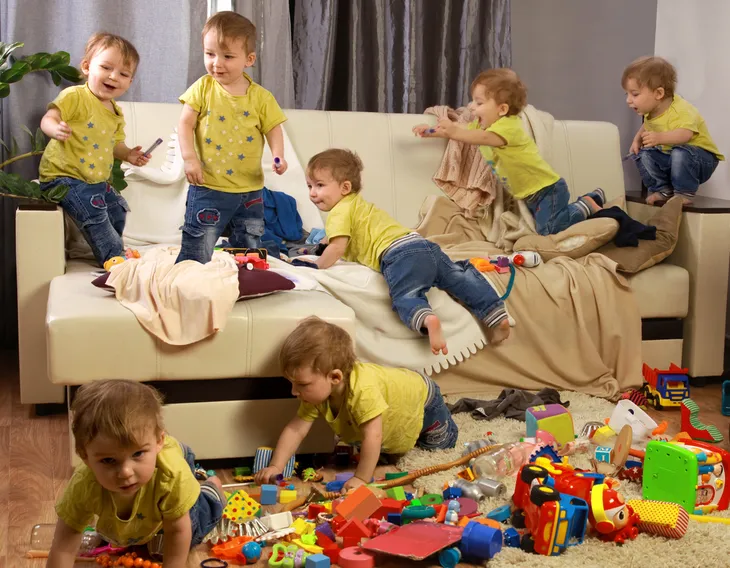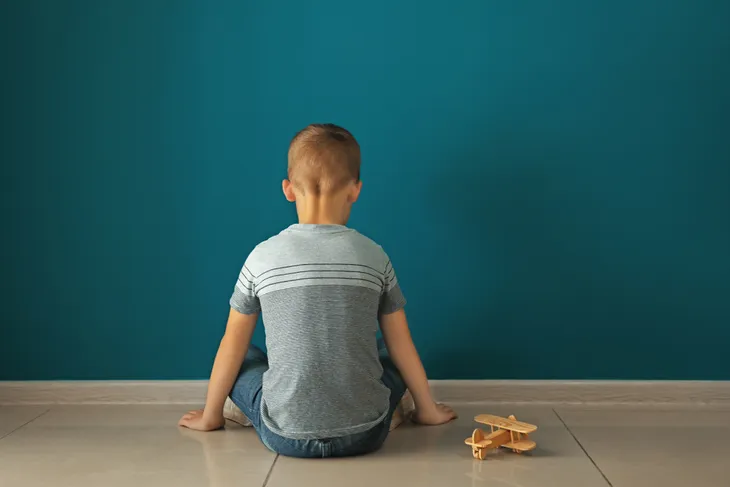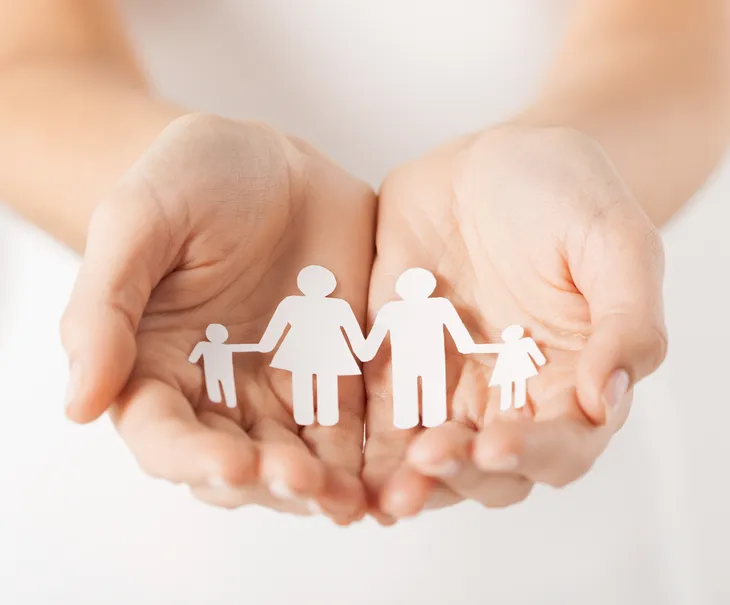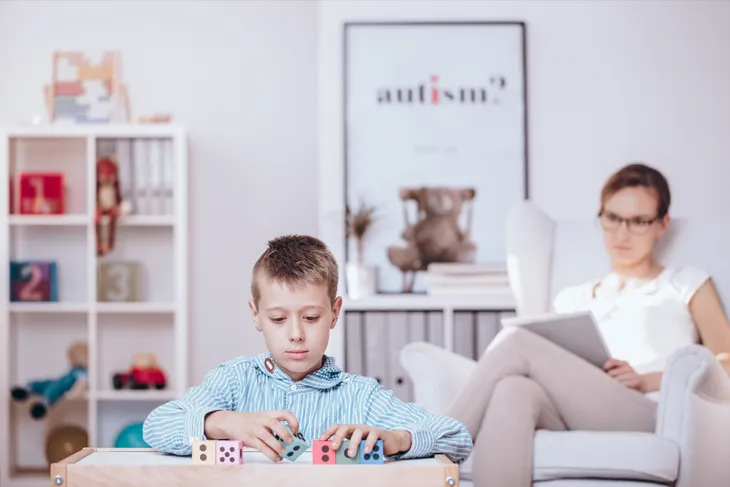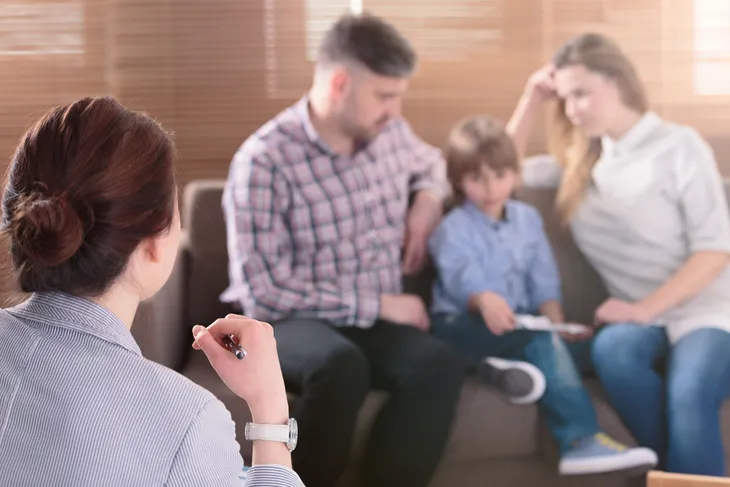Autism and Attention deficit hyperactivity disorder (ADHD) affects millions of Americans – in fact, recent numbers from the Autism Society indicate more than 3.5-million citizens in the country are on the autism spectrum, while the Centers for Disease Control and Prevention (CDC) says more than 6.1-million Americans aged 2 to 17 have been diagnosed with ADHD.
Both conditions can affect the patient into adulthood, and they share certain characteristics that can make them difficult to distinguish. However, there are also distinct differences. Let’s take a look 14 markers that autism and ADHD have in common, including some other signs they don’t share…
1. Defining Autism
Healthline.com says autism, more accurately referred to as autism spectrum disorder (ASD), is a childhood condition (neurodevelopmental) that can disrupt behavior and communication.
The “group of complex disorders” affects boys at a rate of 4.5 to 1 compared to girls, it adds. The number of overall diagnosed cases is also on the rise, it adds.
2. Defining ADHD
Healthline says that ADHD is a common neurodevelopmental disorder, often affecting children. There are different types of ADHD, but the most common version is a combination of “inattentive and hyperactive-impulsive symptoms,” it says.
The other types are predominantly hyperactive-impulsive, and predominantly inattentive, it adds. The average age of diagnosis for ADHD is 7-years, and it affects boys more often than girls, says the source.
3. They Can Mimic Each Other
ADDitudemag.com explains that families observing their child’s behavior – namely not being able to sit still long enough to complete their homework or eat a meal – may automatically assume it’s ADHD causing it.
This isn’t helped much by the fact that doctors also often conclude the inattentiveness is a result of ADHD. “It is important to remember, however, that almost any psychological or developmental disorder of childhood can look like ADHD, with or without the hyperactivity,” it explains.
4. Pay Attention to Attention Spans
WebMD says to watch for “how your child pays attention” if you suspect something’s up. It notes that autistic children will quickly lose interest in things they don’t like, such as reading or piecing together a puzzle. However, they may pay an abnormal amount of attention to things they do enjoy, such as playing with a particular toy.
Meanwhile, the source says those with ADHD “lose initial interest,” and they’ll actually go out of their way to avoid doing things they know they don’t like or will require focus.
5. Communication is Key
WebMD says how your child communicates is another big clue when it comes to distinguishing between ASD and ADHD. Both conditions can impact how a child verbally interacts, but kids on the spectrum tend to be “self-centered,” it says – they can talk about a subject they’re interested in for hours. They also might have a hard time finding the right words to express themselves, or avoid making eye contact.
On the other hand, those with ADHD “may talk nonstop,” says the source. They may be less likely to wait for someone else to finish speaking before interjecting, it adds.
6. Autism Prefers Order
WebMD explains autistic children “love order and repetition,” meaning they might always get the same food at a restaurant, or only play with one particular toy or want to wear one shirt.
This is a distinct difference from its neurodevelopmental counterpart, and one for parents to really watch for. ADHD patients do not fixate on order and repetition, adds the source. In fact, they prefer change, and a child with an attention deficit “doesn’t like doing the same thing again or for long times,” it explains.
7. The Conditions Can Co-Exist
One scenario to consider is that your child is affected by both ASD and ADHD, as they can occur together, says Healthline. The source cites data from the CDC that says 14-percent of children with ADHD also are on the autism spectrum.
Having both conditions together means it’s more likely the child will have learning challenges and impaired social skills than those with only one of the conditions, it adds. It wasn’t until 2013 that the American Psychiatric Association outlined that the conditions can co-exist, it explains.
8. Causes of Co-Occurrence
Autism Spectrum Australia explains there’s evidence that ASD and ADHD overlap “in regards to brain function and structure, and genes.” It says that recent studies have suggested the two share the same “genetic susceptibility” in patients, with up to 70-percent of the genetic factors overlapping.
It also notes that other studies show that individuals with family members who have been diagnosed with ASD or ADHD “frequently display symptoms of the other condition.” So, in short, if a boy has characteristics of ASD, his brother may display signs of ADHD, suggesting both at least partly originate from the same genetic factors.
9. Brain Scans Won’t Distinguish Them
Huffington Post cites an expert that says “brains of kids with ADHD and autism are much more similar than they are different,” meaning a brain scan isn’t going to magically reveal the exact developmental condition a patient is dealing with.
However, there has been some progress made as far as brain scans go, it says. The expert says one of the “trademarks” of ASD in brain imaging studies is that “the brain is not efficiently connected,” adding the “connectivity of the brain in ASD and ADHD is quite similar.”
10. Diagnosing ADHD
In order to reach a diagnosis of ADHD, doctors will look for a “pattern of behaviors” such as being easily distracted or forgetting information, not finishing tasks, having trouble waiting for their turn, or fidgeting or squirming, says WebMD.
The source says the doctor will ask for feedback from not only you as parents, but also teachers and other adults that care for the child in question. A doctor will also try to rule out other possible causes for the behavior before the diagnosis, it adds.
11. Diagnosing ASD
The same source says a diagnosis of autism begins with a parent questionnaire to get a better picture of when the behaviors began (autism is most commonly diagnosed after age two, although signs might appear before that).
In fact, the questions will involve describing behaviors of your child “when they were very young,” adds the source. The doctor will observe the patient, and there could be other surveys, interviews, and checklists to aid in the process, it adds.
12. More Research Needed for Dual Diagnosis
Huffington Post says there’s a need for more advances in how ASD and ADHD are diagnosed, especially when they co-occur. “We’re working in a vacuum in terms of what we know,” says one expert on the subject quoted by HuffPost.
However, the expert notes that the number of co-existing cases means that if a child is diagnosed with autism, they should be screened for ADHD, and vice versa. Another expert quoted by the source says they would actually add ADHD to the “most high-functioning end” of the autism spectrum, because they have so many overlapping qualities in terms of neurology, social skills deficits and sensitivity to stressful situations.
13. Treatment Options for ADHD
Understood.org outlines the professional help that is available for patients who are ASD or ADHD. In the case of ADHD, clinical child psychologists can provide behavior therapy to “teach kids to manage their actions and interactions.” Cognitive behavioral therapy, often just called CBT, can help kids manage the emotional issues from the condition, it adds.
In addition, educational therapists and organizational coaches can help kids with their time management skills, it adds. Medication can be administered (stimulants and non-stimulants), and co-existing conditions such as anxiety can be identified (and treated).
14. Treatment Options for ASD
If the condition is diagnosed early enough, there may be early intervention services available aimed at improving the outcome, says Understood.org. Clinical child psychologists and social workers can help with social skills training, as well as provide CBT to help cope with emotional issues, it adds.
Occupational therapists are available to help kids better manage “challenging situations,” and can provide sensory integration therapy to help children respond to sensory information in a more appropriate way, it adds. Speech therapists can assist patients with communication skills, both with using language and understanding others. Certain medications can also be helpful.
